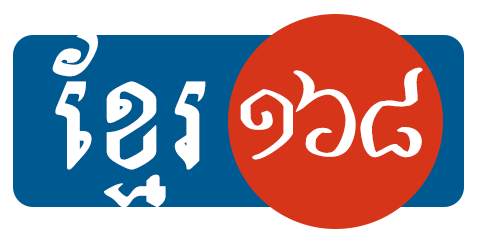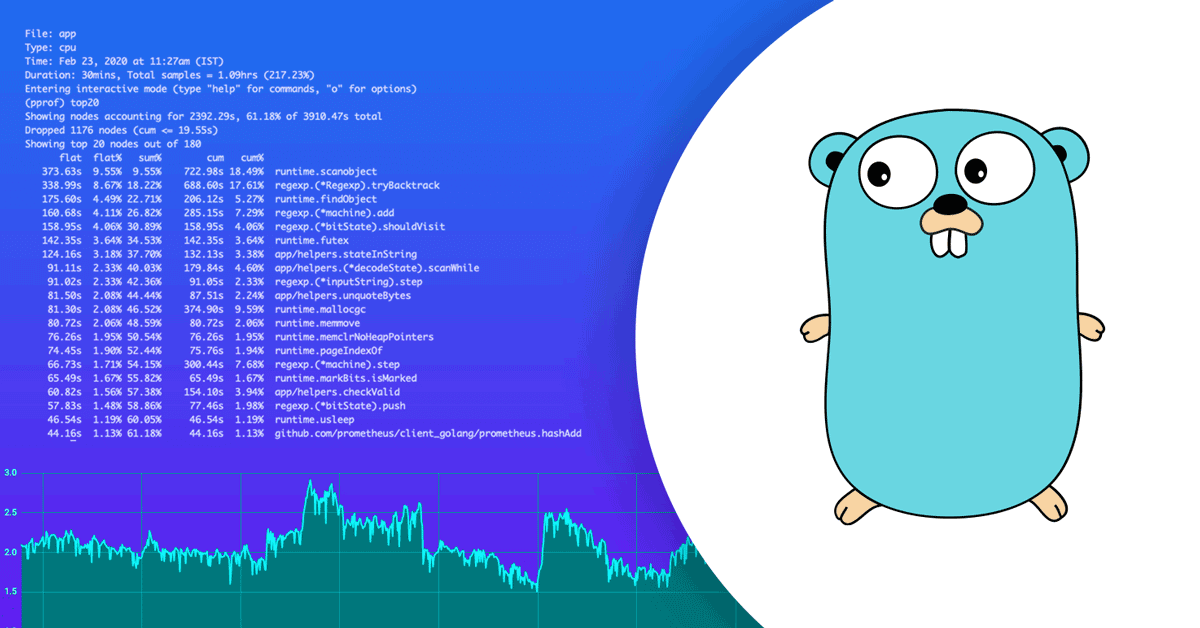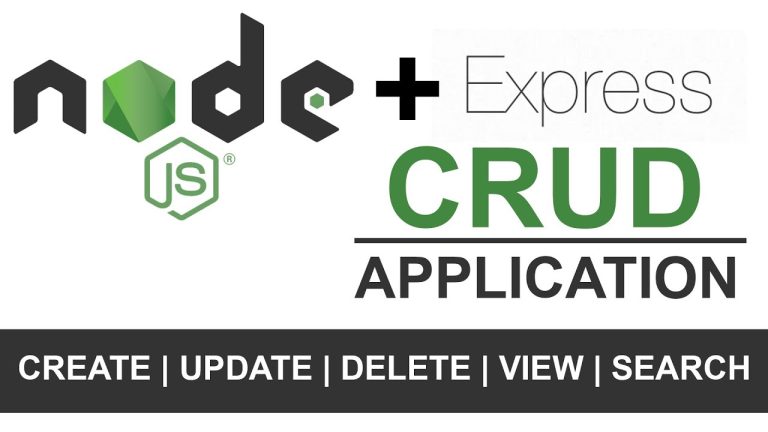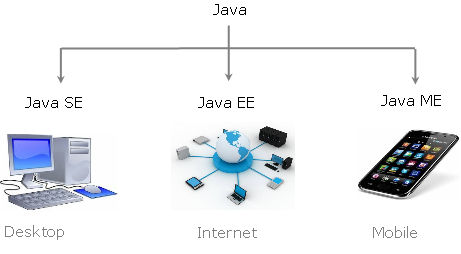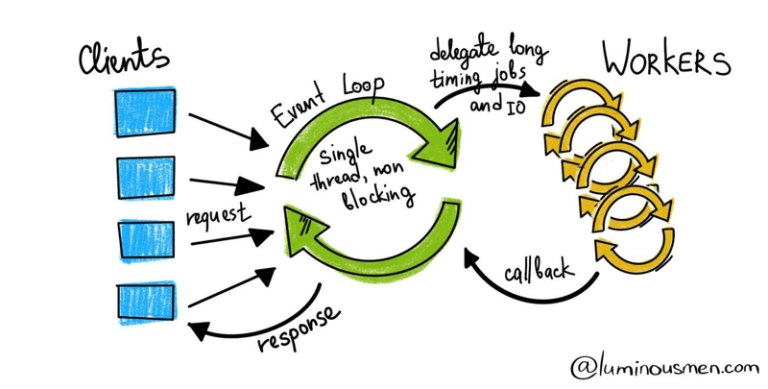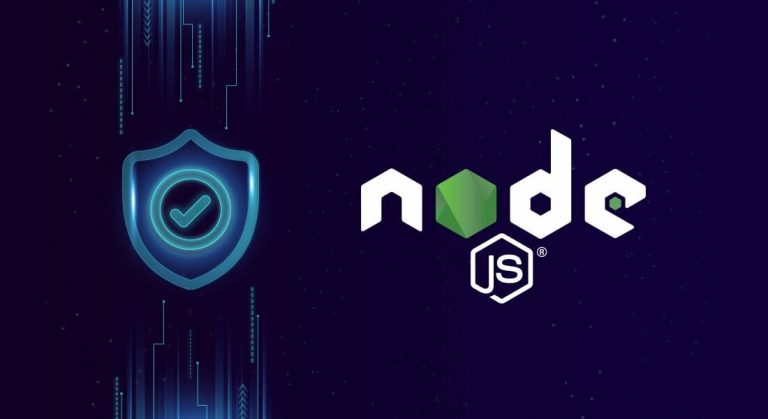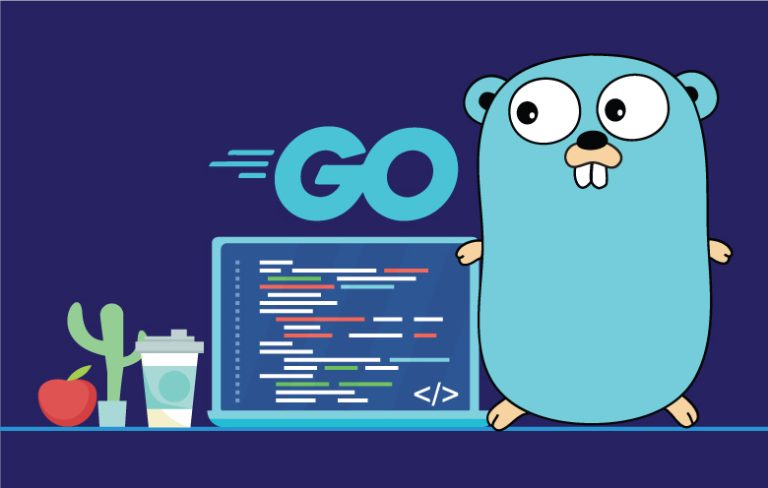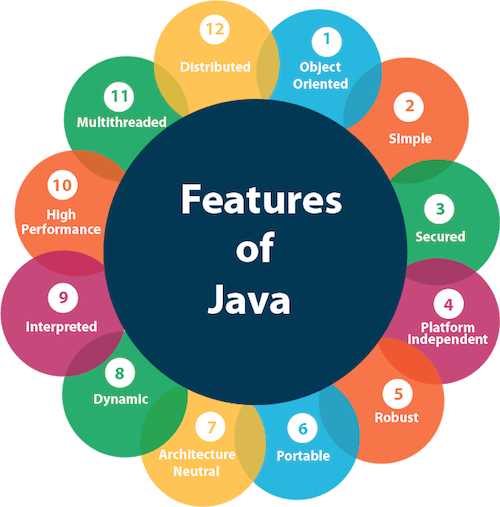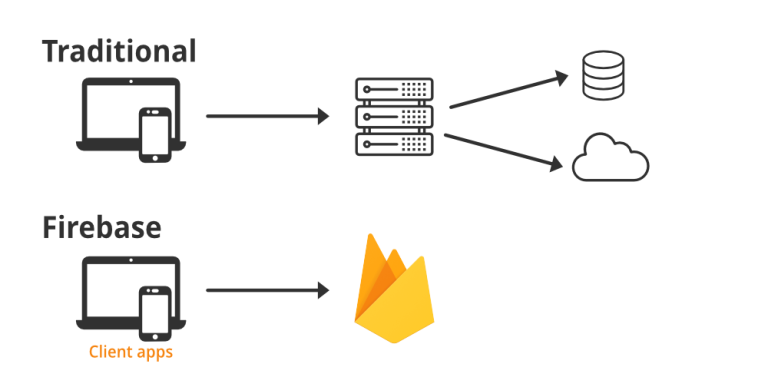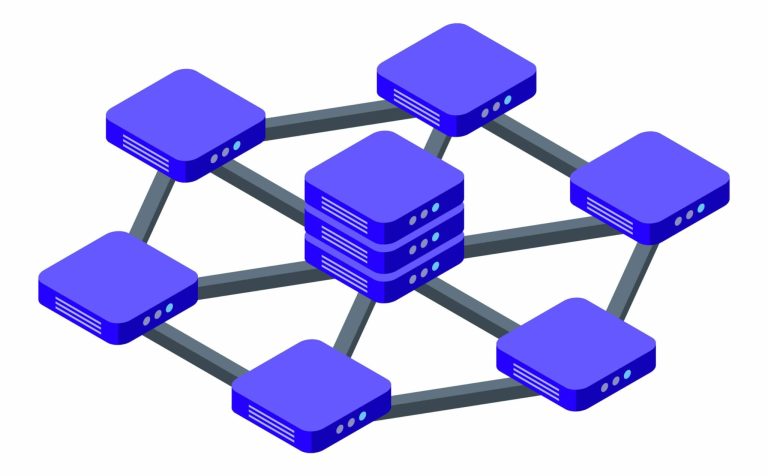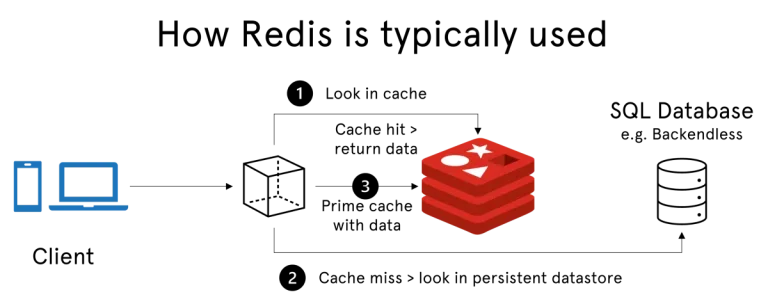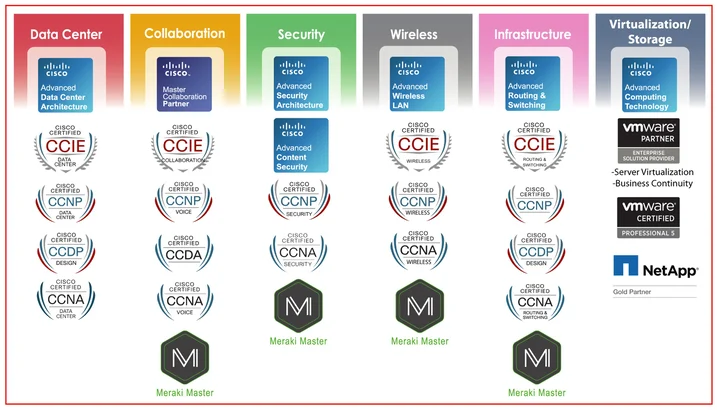Go, also known as Golang, is a rapidly growing open-source programming language designed for building simple, fast, and reliable software. With its clear syntax, robust standard library, and efficient concurrency features, Go has gained immense popularity across various domains, from web development and system programming to data science and machine learning.
This article offers a gentle introduction to GoLang, guiding you through its core concepts and providing practical examples to solidify your understanding.
Getting Started: Hello, World!
Every programming journey begins with a “Hello, World!” program. Here’s how it looks in Go:
Go
package main
import "fmt"
func main() {
fmt.Println("Hello, World!")
}
Explanation:
package main: This line declares the package name (main) for this program.import "fmt": We import thefmtpackage, which provides functions for formatted printing.func main(): This defines themainfunction, the entry point of the program.fmt.Println("Hello, World!"): This line prints the string “Hello, World!” to the console, using thePrintlnfunction from thefmtpackage.
To run this code, save it as hello.go and execute it in your terminal using the go run command:
Bash
go run hello.go
This should print “Hello, World!” on your screen.
Basic Building Blocks: Variables, Data Types, and Operators
Go offers various data types like integers, floats, strings, booleans, and more. You can declare variables using keywords like var and := (for shorthand declaration). Operators are used to perform calculations and comparisons.
Here’s an example:
Go
package main
import "fmt"
func main() {
var age int = 30
name := "Alice"
isCool := true
fmt.Println("Age:", age)
fmt.Println("Name:", name)
fmt.Println("Is cool:", isCool)
// Arithmetic operations
sum := age + 10
fmt.Println("Sum:", sum)
// Comparison operators
fmt.Println("Is Alice older than 25?", age > 25)
}
This code demonstrates variable declaration, data types, and various operators.
Control Flow: Making Decisions
Go provides control flow statements like if, else, and switch to make decisions based on conditions.
Here’s an example:
Go
package main
import "fmt"
func main() {
score := 85
if score >= 90 {
fmt.Println("Excellent!")
} else if score >= 70 {
fmt.Println("Good job!")
} else {
fmt.Println("Keep practicing!")
}
}
This code uses if and else if statements to evaluate the score and print different messages accordingly.
Functions: Reusable Blocks of Code
Functions are essential for structuring and organizing your code. They encapsulate specific tasks and can be called from different parts of your program.
Here’s an example:
Go
package main
import "fmt"
func greet(name string) {
fmt.Println("Hello,", name)
}
func main() {
greet("Bob")
greet("Alice")
}
This code defines a greet function that takes a name as input and prints a greeting. The main function calls the greet function for different names.
Beyond the Basics: Go’s Unique Features
Go offers several unique features that contribute to its popularity:
- Concurrency: Go excels at handling concurrent tasks through lightweight processes called goroutines and channels, making it ideal for building responsive and scalable applications.
- Interfaces: Interfaces define behaviors rather than implementations, promoting flexible and maintainable code.
- Error handling: Go’s built-in error handling mechanism simplifies error management and improves code readability.
Exploring these features in detail requires further investigation, but they highlight the power and elegance of GoLang.
Resources for Further Learning
This article provides a glimpse into the world of GoLang. To delve deeper, here are some valuable resources:
- The official Go website: https://go.dev/
- Go by Example: https://gobyexample.com/
- A Tour of Go: https://go.dev/tour/
